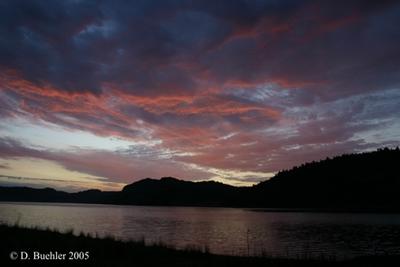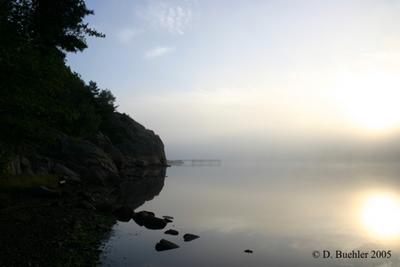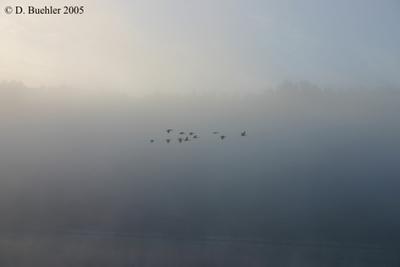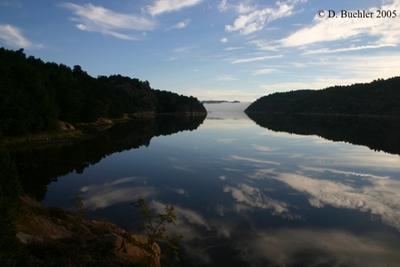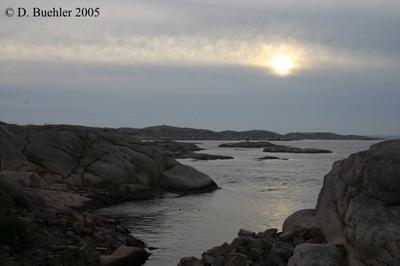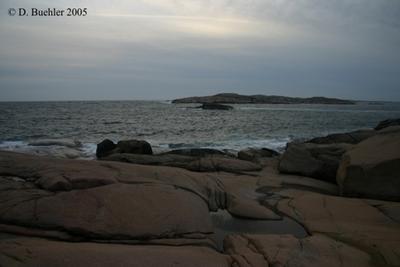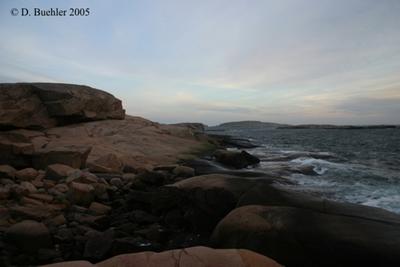My friend had the day off and we headed to the Temple of 10,000 Buddha’s in the New Territories. The path to the temple was flanked by golden Buddha statues in different postures each representing a different aspect of the Buddha. My favorite was a cheery fellow who sat with a serene yet mischievous look on his face while calmly opening his sternum to reveal a meditating Buddha within. His soul was enlightened and strong within him and he had no trouble sharing his wisdom with others. Yet he bared his soul in a slightly shocking manner demanding notice from even the coldest hearts, and the mischievous look on his face made it clear that he knew exactly what he was doing.
The temple itself was at the top of the path and its interior was a wonder with row upon row of tiny Buddha figurines covering the walls from floor to ceiling. Conical pillars housed more tiny Buddhas each individually lit with a tiny fairy light and on the main alter three large Buddha statues and a replica of the temple’s founding monk completed the picture. Despite its name the monastery contains more than 10,000 Buddhas and the main temple alone houses more than 12,000. In the main courtyard older Chinese women moved from alter to alter elegantly bowing with incense sticks and worshipping as the smoke curled into the still air. We tried to follow their lead, but we discovered that worship takes practice as we burned ourselves on the incense pots and dropped hot ash onto our sandaled feet. We provided locals with some entertainment and I think the Gods appreciated our trying - especially Kwan Yin who is the Goddess of Mercy and self compassion.
Day 4: Hong Kong Island Tour and the Fish, Flower and Bird Markets of Mongkok
We started the day with Dim Sum and I got to try deep fried chicken feet (quite tasty). Then we took a ferry to Aberdeen, a harbor on the southern shore of Hong Kong Island where we marveled at row upon row of traditional fishing boats and sampans. From Aberdeen we hopped on a minibus to Kennedy Town and my friend showed me the huge condominium towers where nearly all of her students live. In her kindergarten they don’t ask the kids which street they live on but rather which floor! From the upper class condos we walked into a poorer region of town where the buildings were tightly packed and blackened by acid rain, and the windows contained rusting AC units that dribbled condensation onto the street below. A huge highway flyover passed between the buildings, so close to the windows that residents could spit on passing cars!
From Kennedy Town we grabbed a double-decker tram and rumbled toWan Chai where we wandered through a sea food market. The Cantonese take fresh food very seriously and we watched as live fish were removed from buckets, butchered on spot and laid out on display with their hearts still beating! That’s fresh. Although many Westerners find this practice cruel, I feel that keeping meat products alive as long as possible is a practical way to stave off food poisoning in regions where refrigeration is scare. After all, the packaged and frozen meat we eat is also butchered; we are simply removed from the reality of the kill.
From Wan Chai we headed to Victoria Park where thousands of the city’s amahs (live in maids and nannies) were camped out for a festival. Hong Kong has over 250,000 foreign domestic workers (mostly women amahs) and on Sundays they take to the streets, parks and sidewalks to talk, laugh and enjoy their day off. It's really something to see, and for me it almost seemed like social action. It is as if hundreds of thousands of workers are saying "Remember us. We are a huge presence. We are the ones who run the houses and raise the children here".
We ended the day back in Mongkok where we headed to the fish market (goldfish in baggies everywhere), flower market and Yuen Po Bird Garden. This bird market has been around for years and is a testimony to the centuries old Chinese tradition of keeping songbirds as pets. But times do change, and today the market is posted with signs that read: The Agriculture, Fisheries and Conservation Department regularly collects specimens at the Yuen Po Bird Garden, Mongkok for testing. To date, all specimens have given negative test results for the H5N1 Influenza virus.


